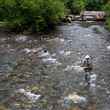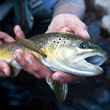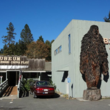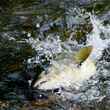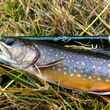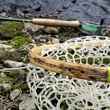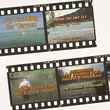Small batch. Until now it’s an epithet I’ve mostly associated with high-end consumables: whiskeys, cigars, a few beatifically rank cheeses. Whatever the product, when it comes to making the best of the best of something, the process is the same: take superior natural ingredients, process them with the most advanced technology, embrace the finitude of your supply. But what on earth is small-batch wool? And what happens when it’s used to make a hoodie? Enter one of the more impressively engineered garments I’ve come across in a long time, the High-E Hoodie from the Colorado collaboration that is the Fishpond VOORMI Co-Lab, aimed at bringing the best of climbing and skiing technology to the fly fishing world.
What Works
The Materials
To appreciate what makes the High-E Hoodie so special, you’ve got to know a little something about wool, particularly ROCKY MOUNTAIN HIGH COUNTRY MERINO (TM), which comes from Colorado sheep bred for generations to produce fibers with a preternaturally high degree of crimp. For those unfamiliar with the physics of “crimp,” it refers to the spring-like texture of individual wool fibers. When the degree of crimp is low, you’ve got fibers that pack tightly one on top of the other—this is not good for warmth and breathability. What you want is a high degree of crimp, which results in fibers that don’t pack as tightly together in the final weave, thus creating tiny pockets of air that both trap heat and permit the movement of air through the fibers—what the user experiences as thermal regulation. Beneath a wind-proof shell, the High-E adds a warm layer of insulation. Used as a stand-alone layer, the High-E permits airflow and wicking during periods of intense activity and warmth for periods of low activity. A win-win.



